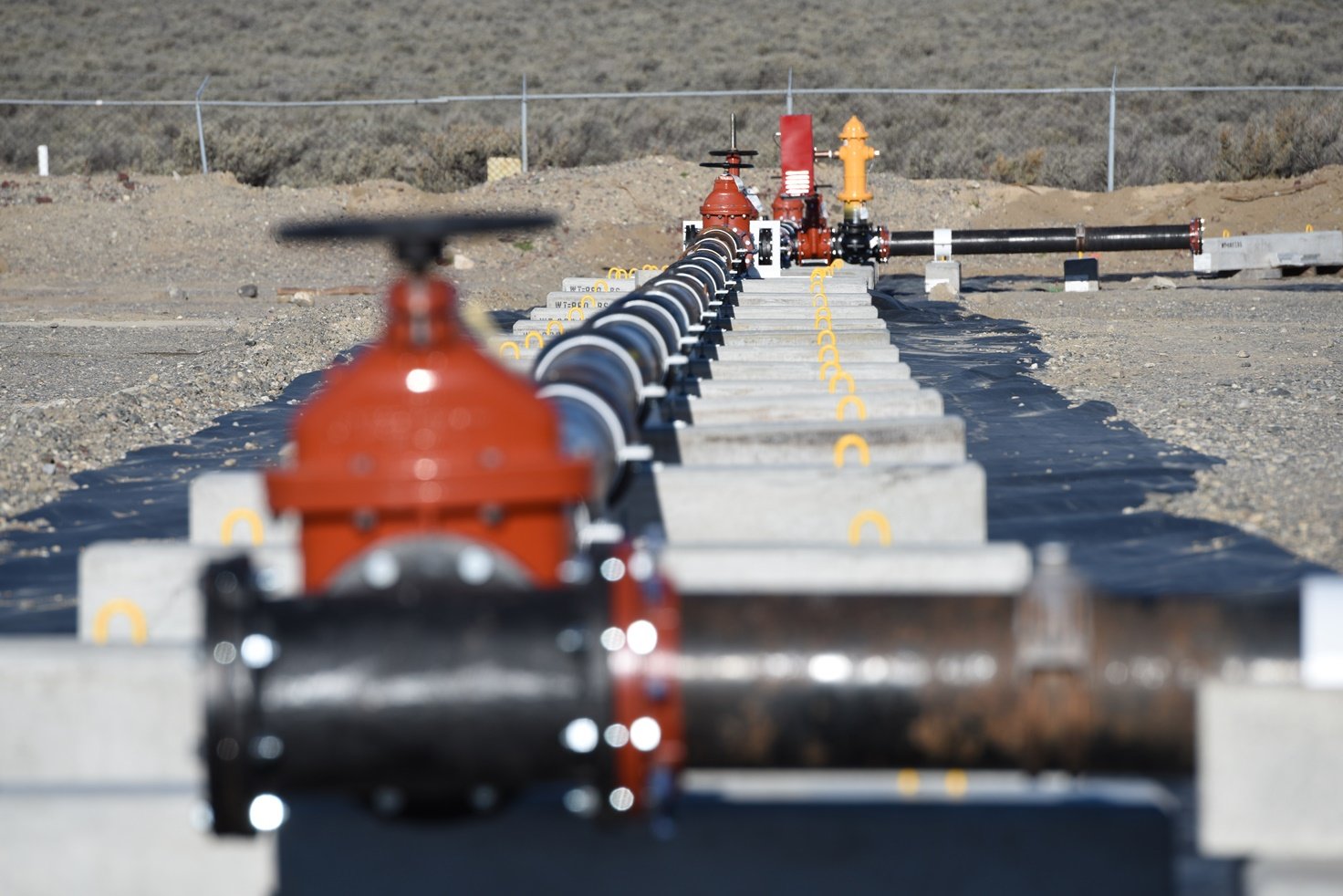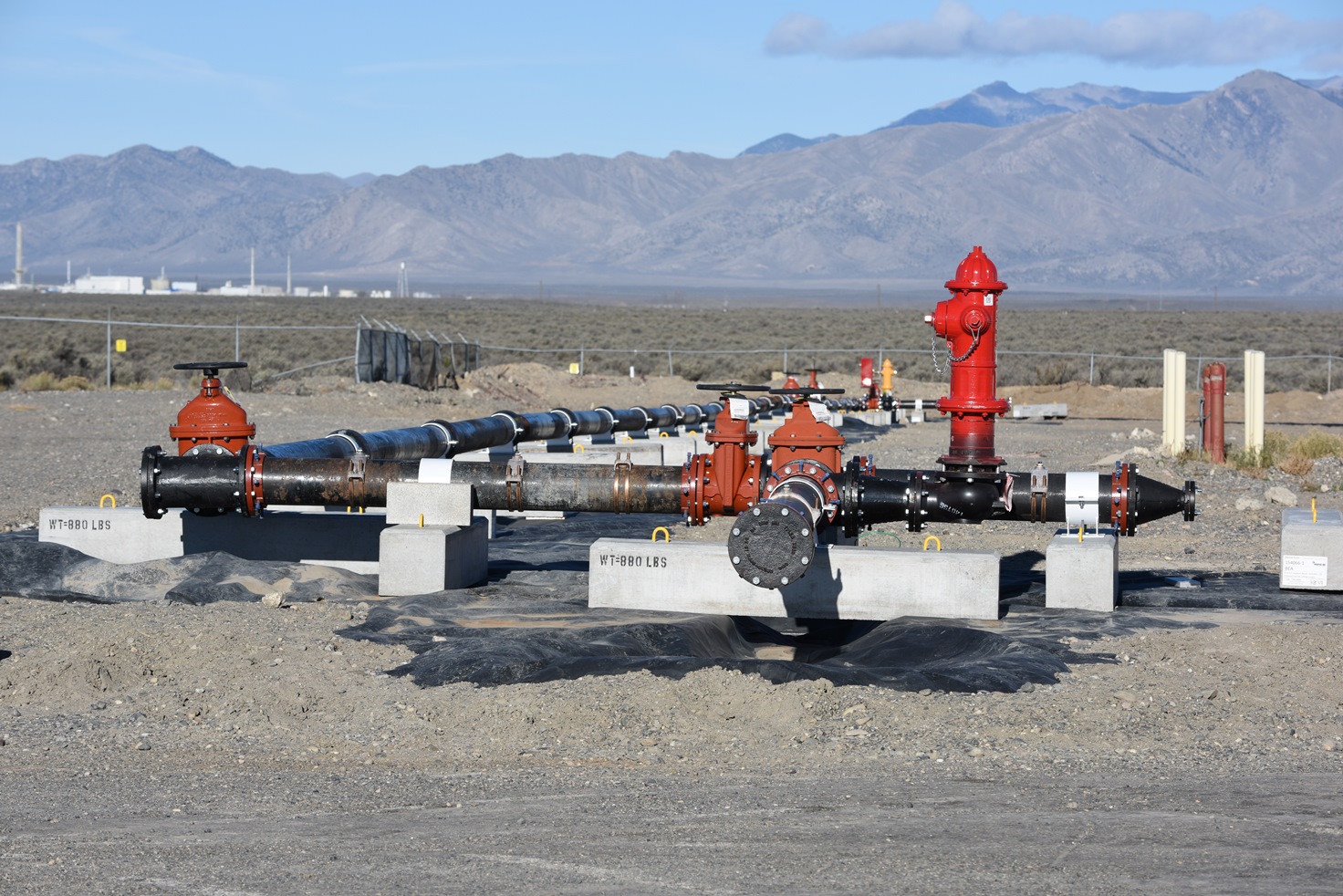In the aftermath of hurricanes Harvey and Irma, the United States has gotten a heartbreaking look at what happens when domestic water supplies are interrupted by a disaster. Millions of people have found themselves stranded in water polluted by sewage and chemicals of every description, yet they were thirsty for potable water from municipal systems.
Nearly three weeks after Harvey made landfall on the east Texas coast, 136 of the 2,238 drinking water systems had boil-water orders and another 35 were shut down altogether, according to the Texas Commission on Environmental Quality. In both Texas and Florida, sewage treatment plants designed to remove pollutants from water before discharge into rivers were overwhelmed by storm surges.
The U.S. Environmental Protection Agency established the Water Security Test Bed (WSTB) at Idaho National Laboratory to inform response to emergencies like these. “If you lose your drinking water, it becomes urgent fairly quickly,” said Steve Reese, the INL lead on experiments at WSTB.
WSTB dates back to 2014, when the EPA’s National Homeland Security Research Center teamed up with INL to create the more than $2 million project. The WSTB is located on the Idaho desert west of Idaho Falls where research can be conducted on chemical, biological or radiological contamination likely to follow a natural disaster or terrorist attack.
WSTB research takes place at INL’s Critical Infrastructure Test Range Complex, where test reactors were operated from the 1950s to the early ’80s. The presence there of out-of-service, cement mortar-lined drinking water pipes made it a unique place to replicate real-world water supply conditions and issues. About 450 feet of this 8-inch piping was assembled above ground to simulate a full-scale distribution system. Because the WSTB piping is above ground, researchers are able to easily modify the system and contain any nefarious agents that may be injected into the pipe as part of an experiment. A typical experiment involves injecting a biological or chemical agent followed by flushing, chlorination or other decontamination methods.

Anticipating an emergency in which drinking water might be completely unavailable, one series of WSTB experiments conducted in 2015 involved five portable water treatment technologies. The INL and EPA researchers demonstrated that a $4,000 Hayward swimming pool chlorinator could treat 5,000 gallons of contaminated water at a rate of 40 gallons per minute, achieving a 10,000-fold reduction in biological contamination under the most difficult disinfection conditions. Collecting the water in a large bladder, the research presented a relatively inexpensive approach to providing drinking water under difficult emergency conditions.
On a larger scale, pathogens can collect in old pipes, sometimes causing a challenge to public health. “If you’ve got conditions where raw sewage is being dumped into source water and existing treatment barriers fail, you’ve got potential for biological contamination of water systems that could affect millions of people,” said Mike Carpenter, INL’s WSTB program manager. But with iron pipes found in older systems, the insides are pitted with rusty crevices where all unhealthy contaminants such as E. coli bacteria and Giardia parasites can hide.
Summer 2017 was a busy time for WSTB. In mid- to late spring, the 450 feet of pipe was purposely contaminated with Bacillus globigii spores. The microbe is closely related to anthrax, with similar resilience, but is not as much of a threat at the testing levels. The point of the experiments was to test what sort of methods would clean the pipe most effectively, including treatment with chlorine dioxide, flushing, and “pigging” — abrading the inside of the pipe. In a 2016 test, they used an ice-slurry, and in another test they used a water-propelled mechanical chain cutter.
The chain cutter, typically used to clean congealed sludge and roots out of pipes, yielded the best results. In addition to being tested on the 450-foot section, it was run through a section of nearly 100-year-old pipe from the Washington, D.C., municipal water system. Unlike the legacy pipe from INL, this pipe had no cement mortar lining with significant amounts of rust inside, offering a different decontamination challenge.
Another experiment sought to find solutions for oil spills and pipeline breaks that can threaten drinking water systems. A carboy containing water-soluble crude oil components from the North American Bakken Formation was emptied into the WSTB piping, and then flushed. Flushing alone was deemed effective to remove the chemicals from the system.
After a natural disaster or industrial accident, a city would set upon clearing the contaminant from its distribution network, but numerous connections to homes and businesses would also need to be cleared once the water flowing from the pipe in the street is deemed clean. The WSTB has evolved to address this challenge, too.
A water service line has been connected to an enclosed building that contains what would be found in a standard U.S. home: exposed residential plumbing that connects to a hot water heater, washing machine, dishwasher, refrigerator and sink. This household system is contaminated with the same biological and chemical contaminants found in the main WSTB piping. The focus of the research with the residential appliances is to validate decontamination methods that private citizens could easily deploy to clean out their home plumbing and appliances.
Appliance decontamination showed flushing with an amended bleach solution was largely successful for removing biological contamination. Likewise, simply flushing water through the system removed soluble crude oil components to a large degree; however, certain appliances retained low levels of benzene. Longer term, sequential flushing and sampling would be necessary for cleanup.
As cleanup in Texas, Louisiana, Florida and the Southeast continues, millions of gallons of water are going to be used to wash mold and crud from flooded buildings, Carpenter said. Disposing of that water presents a huge environmental problem.
“The key word that needs to be emphasized here is cross-contamination,” he said. “They don’t know all the ramifications. This hasn’t fully played out.”
VIDEO: https://vimeo.com/238875837/c539320b42







